Home>Garden Essentials>What Are The Seeds In Rye Bread
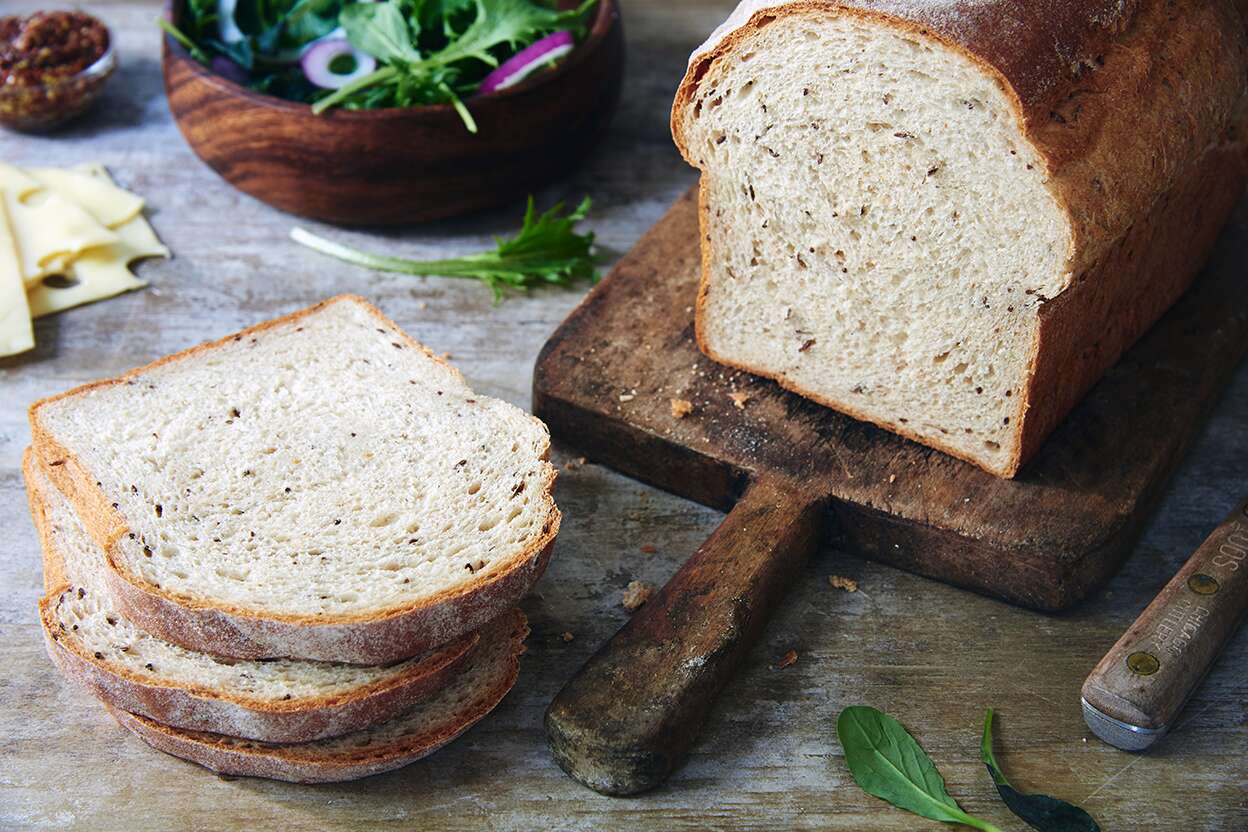

Garden Essentials
What Are The Seeds In Rye Bread
Modified: August 16, 2024
Discover the secrets behind the seeds in rye bread with our informative guide. Learn how to grow and harvest your own garden seeds for a nutritious and delicious addition to your homemade loaves.
(Many of the links in this article redirect to a specific reviewed product. Your purchase of these products through affiliate links helps to generate commission for Storables.com, at no extra cost. Learn more)
Introduction
Rye bread is a popular type of bread that is beloved for its unique flavor and texture. Made primarily with rye flour, it offers a distinct taste and a denser, heartier bite compared to traditional wheat bread. However, what sets rye bread apart even further is the addition of seeds, which not only enhance its flavor and visual appeal but also contribute to its nutritional value.
Seeds have been a vital ingredient in bread baking for centuries, adding nutritional benefits, texture, and flavor to various bread types. In the case of rye bread, seeds play a significant role in elevating its taste profile and contributing to its overall health benefits.
In this article, we will delve into the world of seeds in rye bread, exploring their different types, nutritional value, and the reasons why they are an important component of this beloved bread.
So, let’s jump right in and discover the wonderful world of seeds in rye bread!
Key Takeaways:
- Rye bread with seeds offers a flavorful and nutritious option for bread lovers, providing a delightful crunch, visual appeal, and a boost of essential nutrients.
- Incorporating seeds into rye bread recipes allows for creative experimentation, enhancing flavor, texture, and nutritional value while elevating the overall baking experience.
Read more: What Is Rye Seed
Definition of Rye Bread
Rye bread is a type of bread that is predominantly made from rye flour. Rye is a grain that has been cultivated for thousands of years and is a staple in many European cuisines. Rye bread is known for its distinctive flavor, dense texture, and darker color compared to wheat bread.
What sets rye bread apart from other types of bread is the high proportion of rye flour used in its preparation. While traditional wheat bread uses primarily wheat flour, rye bread contains a significant amount of rye flour, usually ranging from 50% to 100% of the total flour content. This higher content of rye flour results in a bread that is denser, moister, and has a stronger, more complex flavor.
Rye bread can be made using different techniques, such as using a sourdough starter or adding yeast for leavening. The use of sourdough starter, which is a mixture of flour and water fermented by wild yeasts and bacteria, is particularly popular in traditional rye bread recipes. This fermentation process not only contributes to the unique flavor of rye bread but also enhances its keeping qualities.
Rye bread comes in various forms and shapes, ranging from round loaves to rectangular loaves and even rolls. It can have a smooth or rough crust, and the color of the bread can vary from light to dark brown, depending on the ratio of rye flour to other ingredients.
Overall, rye bread is a delicious and nutritious alternative to wheat bread, offering a robust flavor, dense texture, and a range of health benefits. The addition of seeds to rye bread further enhances its taste, texture, and nutritional value, making it a versatile and appealing choice for bread lovers around the world.
Types of Rye Bread
Rye bread comes in various types and variations, each with its own unique characteristics and regional variations. Here are some popular types of rye bread:
1. Traditional Rye Bread: This is the classic and most common type of rye bread. It is typically made with a high proportion of rye flour, giving it a dense texture and earthy flavor. Traditional rye bread often includes a sourdough starter, which adds complexity to the taste and improves its shelf life.
2. Light Rye Bread: Light rye bread is made with a lower proportion of rye flour compared to traditional rye bread. It usually contains a mix of rye and wheat flour, resulting in a lighter texture and milder flavor.
3. Pumpernickel: Pumpernickel is a deep, dark and dense rye bread that originated in Germany. It is made from coarsely ground whole rye grains and has a distinctive caramel-like flavor. Pumpernickel is often baked slowly at low temperatures for several hours to enhance its rich flavor and dark color.
4. Marbled Rye Bread: Marbled rye bread is a visually striking bread that combines both rye and wheat flour. The dough is divided into two portions, one made with rye flour and the other with wheat flour. These two doughs are then layered together to create a marbled effect in the final baked bread.
5. Rye Sourdough Bread: Rye sourdough bread is made with a sourdough starter, a fermented mixture of rye flour and water. The sourdough starter adds tanginess and a depth of flavor to the bread. This type of rye bread has a chewy texture and a distinctive sour taste.
6. Seeded Rye Bread: Seeded rye bread is rye bread that includes various seeds added to the dough. This can include seeds like caraway, sesame, flax, sunflower, or poppy seeds. The addition of seeds not only enhances the flavor and texture of the bread but also adds a nutritional boost.
These are just a few examples of the many types of rye bread available. Each type offers a unique taste and texture experience, allowing bread enthusiasts to explore a wide range of flavors and find their personal favorite. Whether you prefer the robustness of traditional rye bread, the tanginess of sourdough rye, or the visual appeal of marbled rye bread, there is a type of rye bread to suit every palate.
Importance of Seeds in Rye Bread
Seeds play a crucial role in enhancing the flavor, texture, and nutritional value of rye bread. Here are some reasons why seeds are important in rye bread:
1. Flavor Enhancement: Seeds add depth and complexity to the flavor profile of rye bread. Depending on the type of seeds used, they can contribute a nutty, earthy, or slightly sweet taste. For example, caraway seeds are a popular addition to rye bread, delivering a distinct aromatic and slightly spicy flavor that complements the inherent tanginess of rye.
2. Texture Variation: Seeds introduce a delightful crunch and texture variation to the bread. They create small pockets of texture throughout the loaf, providing a pleasant contrast to the dense and chewy nature of the rye bread. Whether it’s the subtle crunch of sesame seeds or the burst of flavor from poppy seeds, the addition of seeds adds interest and enjoyment to every bite.
3. Visual Appeal: Seeds in rye bread not only contribute to its taste but also enhance its visual appeal. They add specks of color and texture to the loaf, making it more visually pleasing and inviting. Whether scattering seeds on top of the bread or incorporating them throughout the dough, seeds can turn a simple loaf into an eye-catching centerpiece.
4. Nutritional Value: Seeds are powerhouses of nutrition, packed with vitamins, minerals, fiber, and healthy fats. By adding seeds to rye bread, you can boost its nutritional content significantly. For example, flaxseeds are rich in omega-3 fatty acids, while sunflower seeds are high in vitamin E and antioxidants. Incorporating a variety of seeds into rye bread ensures a diverse range of nutrients and health benefits.
5. Health Benefits: Seeds in rye bread bring about numerous health benefits. Many seeds are known for their antioxidant properties, which help protect the body against damage caused by free radicals. They are also a rich source of dietary fiber, promoting digestive health and aiding in maintaining a healthy weight. Additionally, seeds contain essential minerals like calcium, iron, and magnesium, which contribute to overall well-being.
Incorporating seeds into rye bread not only enhances its taste and texture but also provides a nutritional boost. Whether you prefer the added crunch of sesame seeds or the earthy flavor of flaxseeds, the inclusion of seeds in rye bread amplifies its overall appeal and makes it a healthier choice for bread enthusiasts.
Common Seeds Found in Rye Bread
Seeds are a versatile and flavorful addition to rye bread, offering a range of tastes and textures. Here are some common seeds that are often found in rye bread:
1. Caraway Seeds: Caraway seeds are perhaps the most well-known and commonly used seeds in rye bread. They have a distinct aromatic and slightly spicy flavor that complements the tanginess of rye bread. Caraway seeds provide a delightful crunch and are often sprinkled on top of the bread for added visual appeal.
2. Sesame Seeds: Sesame seeds are tiny, nutty-flavored seeds that can be found in both white and black varieties. They add a subtle crunch and a hint of sweetness to rye bread. Sesame seeds are commonly mixed into the dough or sprinkled on top of the loaf to add visual interest.
3. Flaxseeds: Flaxseeds are small brown or golden seeds that have a mild, nutty flavor. They are rich in omega-3 fatty acids, fiber, and lignans, making them a nutritious addition to rye bread. Flaxseeds can be ground and incorporated into the dough or sprinkled on top of the loaf.
4. Sunflower Seeds: Sunflower seeds are large, crunchy seeds with a slightly sweet and nutty taste. They are a good source of vitamin E, antioxidants, and healthy fats. Sunflower seeds can be used as a topping on rye bread or added directly to the dough for a delightful texture and flavor contrast.
5. Poppy Seeds: Poppy seeds are tiny, round seeds with a distinctive nutty flavor. They add a delightful crunch and a visually appealing contrast to the loaf. Poppy seeds are often sprinkled on top of rye bread or incorporated into the dough for added texture and taste.
6. Pumpkin Seeds: Pumpkin seeds, also known as pepitas, are small and green in color. They have a mildly sweet and nutty flavor, making them an excellent addition to rye bread. Pumpkin seeds can be used as a topping or mixed directly into the dough, adding texture and nutritional value.
These are just a few examples of the common seeds found in rye bread. However, the use of seeds in rye bread is not limited to these options. Bakers and bread enthusiasts often experiment with different seed combinations, incorporating chia seeds, hemp seeds, or even a mix of multiple seeds to create unique flavor and texture profiles.
The choice of seeds depends on personal preference and desired flavor profile. Whether you prefer the traditional combination of caraway seeds or want to explore new and exciting seed combinations, adding seeds to rye bread brings a delightful range of flavors and textures to your baking adventures.
When making rye bread, you can add caraway seeds for a distinct flavor. These seeds are small and brown and are often used in rye bread recipes to enhance the taste.
Read more: How To Make Rye Bread In A Bread Machine
Nutritional Value of Seeds in Rye Bread
Seeds are nutritional powerhouses, and when incorporated into rye bread, they contribute to its overall nutritional value. Let’s explore the key nutrients and health benefits that seeds provide in rye bread:
1. Fiber: Seeds are an excellent source of dietary fiber, which is crucial for a healthy digestive system. Fiber aids in digestion, helps regulate blood sugar levels, and promotes satiety, keeping you feeling full for longer. Rye bread already contains notable amounts of fiber, and the addition of seeds further boosts its fiber content, making it a great choice for maintaining a healthy digestive tract.
2. Healthy Fats: Many seeds, such as flaxseeds, chia seeds, and pumpkin seeds, are rich in healthy fats, including omega-3 fatty acids and monounsaturated fats. These fats play a vital role in supporting heart health, reducing inflammation, and improving brain function. By incorporating seeds into rye bread, you can increase its healthy fat content, providing a more well-rounded and nutritious offering.
3. Protein: Seeds are a plant-based source of protein, which is essential for various bodily functions, including muscle growth and repair. Rye bread itself contains some protein, but adding seeds boosts its protein content, making it a more satisfying and nourishing part of your diet.
4. Vitamins and Minerals: Seeds are packed with essential vitamins and minerals that contribute to overall health and well-being. For example, sesame seeds are rich in calcium and iron, while sunflower seeds provide vitamin E and magnesium. Incorporating a variety of seeds into rye bread ensures a diverse range of vitamins and minerals, promoting optimal nutrition.
5. Antioxidants: Many seeds are rich in antioxidants, which help protect the body against damage caused by harmful free radicals. These antioxidants play a crucial role in reducing inflammation, supporting the immune system, and preventing chronic diseases.
Including a selection of seeds in rye bread not only adds flavor and texture but also enhances its nutritional profile. The combination of fiber, healthy fats, protein, vitamins, minerals, and antioxidants in seeds makes rye bread with seeds a more wholesome and nourishing choice.
It’s important to note that the exact nutritional value may vary depending on the types and quantities of seeds used in the bread. Experimenting with different seed combinations allows you to tailor the nutritional content of rye bread to suit your dietary needs and preferences.
So, the next time you enjoy a slice of rye bread with seeds, savor the taste while knowing that you are also benefiting from the nutritional goodness that these tiny seeds provide.
Health Benefits of Seeds in Rye Bread
The incorporation of seeds into rye bread brings about numerous health benefits. Let’s explore some of the key advantages:
1. Heart Health: Seeds, such as flaxseeds and sunflower seeds, are rich in unsaturated fats, including omega-3 fatty acids and monounsaturated fats. These healthy fats can help reduce cholesterol levels, lower blood pressure, and decrease the risk of heart disease. Consuming rye bread with seeds as part of a balanced diet promotes cardiovascular health.
2. Digestive Health: Seeds are an excellent source of dietary fiber, which plays a vital role in maintaining a healthy digestive system. Fiber adds bulk to the stool, preventing constipation and promoting regular bowel movements. Rye bread with seeds can help alleviate digestive issues and support a healthy gut microbiome.
3. Weight Management: The fiber and protein content in seeds contribute to feelings of fullness and satiety, which can aid in weight management. Including seeds in rye bread can keep you satisfied for longer periods, reducing the chances of overeating or snacking on unhealthy foods.
4. Antioxidant Protection: Many seeds, such as flaxseeds and sesame seeds, are rich in antioxidants. These compounds help neutralize harmful free radicals in the body, reducing oxidative stress and inflammation. A diet rich in antioxidants can help prevent chronic diseases, including certain types of cancers and heart disease.
5. Bone Health: Some seeds, like sesame seeds, are an excellent source of calcium, which is crucial for maintaining strong and healthy bones. Including seeds in rye bread can contribute to meeting your daily calcium needs and support optimal bone health.
6. Nutrient Boost: Seeds are packed with essential nutrients, including vitamins (such as vitamin E and B-complex vitamins) and minerals (such as magnesium, zinc, and iron). Incorporating a variety of seeds into rye bread provides a diverse range of nutrients, supporting overall health and well-being.
7. Blood Sugar Regulation: The fiber content in seeds, combined with the low glycemic index of rye bread, helps regulate blood sugar levels. This can be particularly beneficial for individuals with diabetes or those seeking to manage their blood sugar levels effectively.
It is important to note that the health benefits of seeds in rye bread are best achieved when incorporated as part of a balanced diet and overall healthy lifestyle. While seeds offer numerous advantages, it is essential to consider portion sizes and individual dietary needs to ensure a well-rounded and nutritious diet.
By enjoying rye bread with seeds, you not only savor the delicious flavors and textures but also reap the health advantages that these tiny powerhouses provide. So, go ahead and indulge in a slice of rye bread packed with nutritious seeds for a tasty way to support your overall health.
Incorporating Seeds into Rye Bread Recipes
Incorporating seeds into rye bread recipes is a wonderful way to add flavor, texture, and nutritional value to your homemade bread. Here are some tips and ideas for successfully incorporating seeds into your rye bread recipes:
1. Choose the Right Seeds: There is a wide variety of seeds to choose from when adding them to rye bread. Popular options include caraway seeds, sesame seeds, flaxseeds, sunflower seeds, poppy seeds, and pumpkin seeds. Consider the flavor profiles and nutritional benefits of each seed to select the ones that best suit your taste preferences and dietary needs.
2. Mix Seeds into the Dough: One common method is to mix the seeds directly into the dough during the bread-making process. Add them in the early stages of mixing, ensuring that they are evenly distributed throughout the dough. This allows the seeds to become embedded in the bread, providing consistent flavor and texture in every bite.
3. Top the Bread with Seeds: Another option is to sprinkle seeds on top of the bread before baking. This not only provides a visual appeal but also adds a delightful crunch to the crust. Lightly brush the loaf with egg wash or water before sprinkling the seeds to help them adhere.
4. Experiment with Seed Combinations: Don’t be afraid to get creative and mix different seeds together for added variety. Combining sesame, poppy, and sunflower seeds, for example, can create a unique and flavorful blend. Consider the taste, texture, and visual appeal when experimenting with seed combinations.
5. Soak or Toast Seeds: To enhance the flavor and texture of seeds, you can soak them in water or toast them before adding them to the dough. Soaking seeds like flaxseeds or chia seeds can help release their natural oils and add moisture to the bread. Toasting seeds in a dry skillet before incorporating them can intensify their flavors.
6. Consider Preferred Texture: Depending on personal preference, seeds can be left whole or ground before incorporating them into the dough. Grinding seeds can offer a more subtle texture, while leaving them whole provides a pronounced crunch. Experiment with different textures to find your preferred seed incorporation method.
7. Follow Recipe Guidelines: When adding seeds to rye bread recipes, it’s important to consider the specific instructions provided in the recipe. Some recipes may require adjustments to the hydration levels or rising times due to the addition of seeds. Follow the recipe guidelines to ensure your bread turns out well.
Remember, the quantity of seeds used can vary based on personal preference and desired flavor intensity. Start with smaller amounts and adjust as needed to find the right balance for your taste buds.
Incorporating seeds into rye bread recipes allows you to get creative in the kitchen while enhancing the flavor, texture, and nutritional value of your homemade bread. So, grab your apron, gather your favorite seeds, and let the magic of seed-infused rye bread unfold!
Conclusion
Rye bread is a beloved and unique bread known for its distinctive flavor and dense texture. The addition of seeds to rye bread not only enhances its taste and visual appeal but also brings about a range of nutritional benefits. With their diverse flavors, textures, and health advantages, seeds play a crucial role in elevating the overall quality of rye bread.
From the aromatic and slightly spicy notes of caraway seeds to the nutty crunch of sesame seeds, seeds contribute to the flavor complexity of rye bread. They provide an enjoyable textural contrast, adding an element of surprise to every bite. Additionally, the nutritional value of rye bread is significantly boosted by the inclusion of seeds, which offer dietary fiber, healthy fats, proteins, vitamins, minerals, and antioxidants.
The health benefits of seeds in rye bread are numerous. They promote heart health, support digestive well-being, aid in weight management, provide antioxidant protection, contribute to bone health, and help regulate blood sugar levels. By incorporating seeds into rye bread, you can enhance the nutritional content of your baked goods and make a positive impact on your overall health.
When incorporating seeds into rye bread recipes, there are various approaches to consider. Mixing seeds into the dough ensures their presence throughout every slice, while topping the bread with seeds adds visual appeal and texture to the crust. Soaking or toasting seeds before incorporating them into the dough can further enhance their flavors and textures.
In the end, it’s important to experiment with different seed combinations, texture preferences, and recipes to find the perfect balance that suits your taste and nutritional needs. Rye bread with seeds is a versatile and delicious option, offering a world of flavors and textures waiting to be explored.
So, whether you enjoy a slice of traditional rye bread with caraway seeds or indulge in a marbled rye bread filled with a mix of sesame, poppy, and sunflower seeds, the addition of seeds will undoubtedly enhance your baking creations and elevate your culinary experience.
Embrace the benefits of seeds in rye bread, savor the delightful flavors, and nourish your body with every bite. Enjoy the journey of discovering new seed combinations and relish the wonderful world of rye bread with seeds!
Frequently Asked Questions about What Are The Seeds In Rye Bread
Was this page helpful?
At Storables.com, we guarantee accurate and reliable information. Our content, validated by Expert Board Contributors, is crafted following stringent Editorial Policies. We're committed to providing you with well-researched, expert-backed insights for all your informational needs.
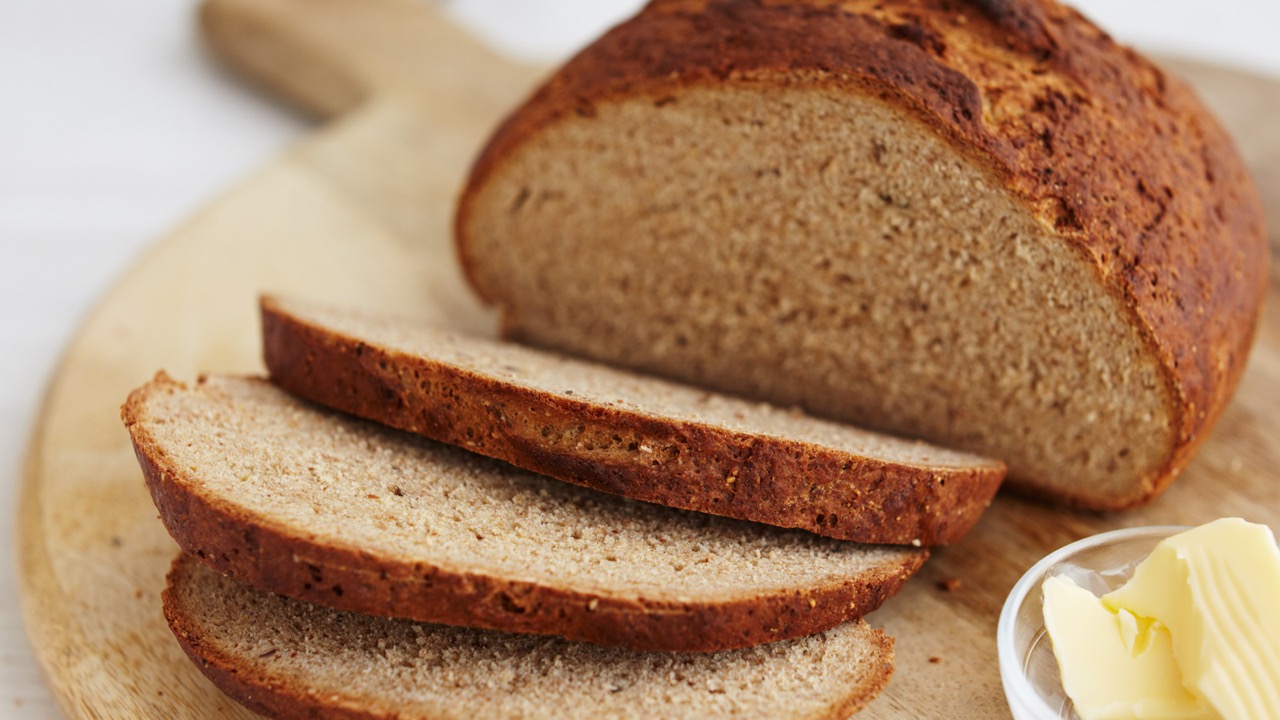
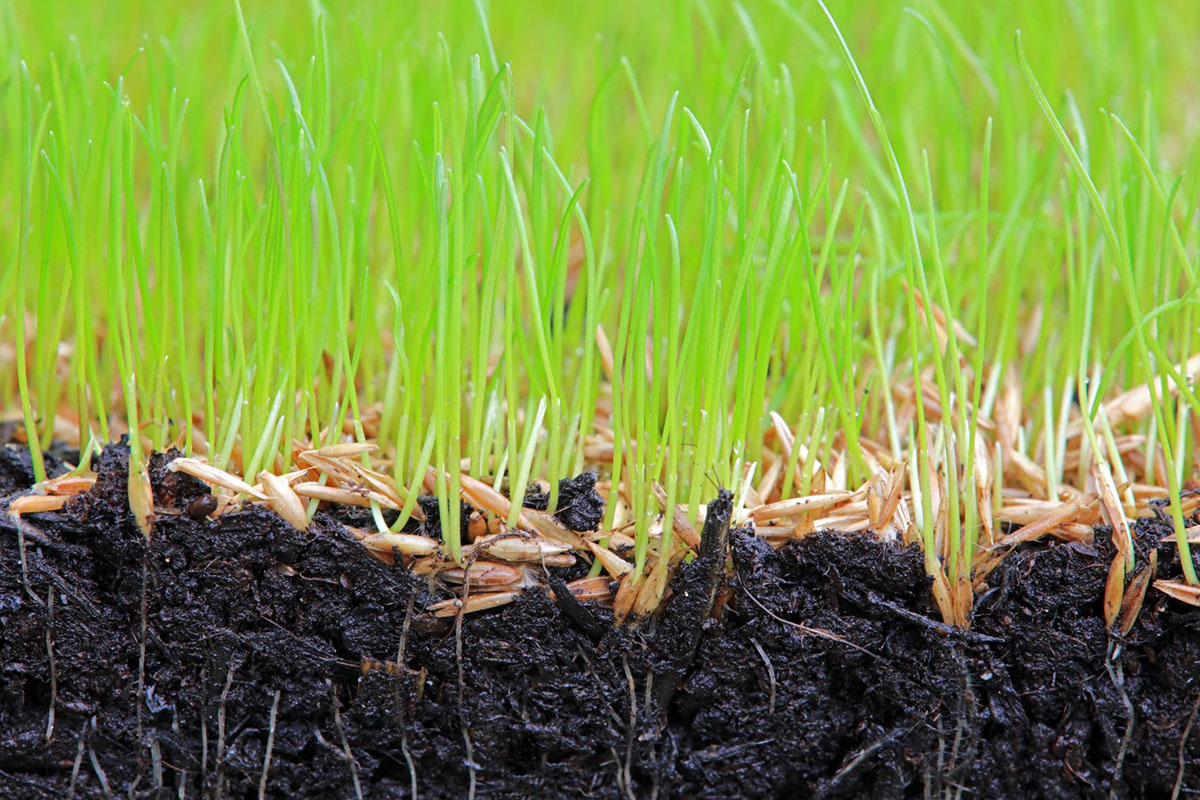
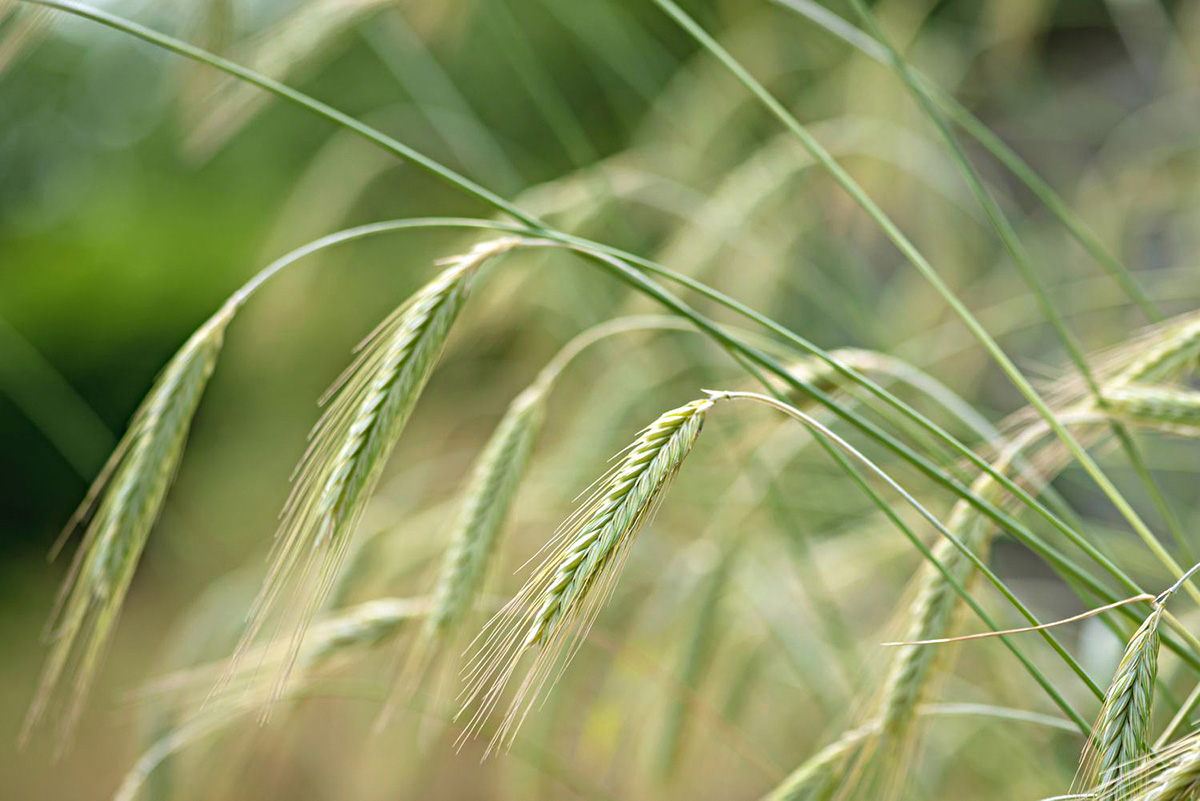
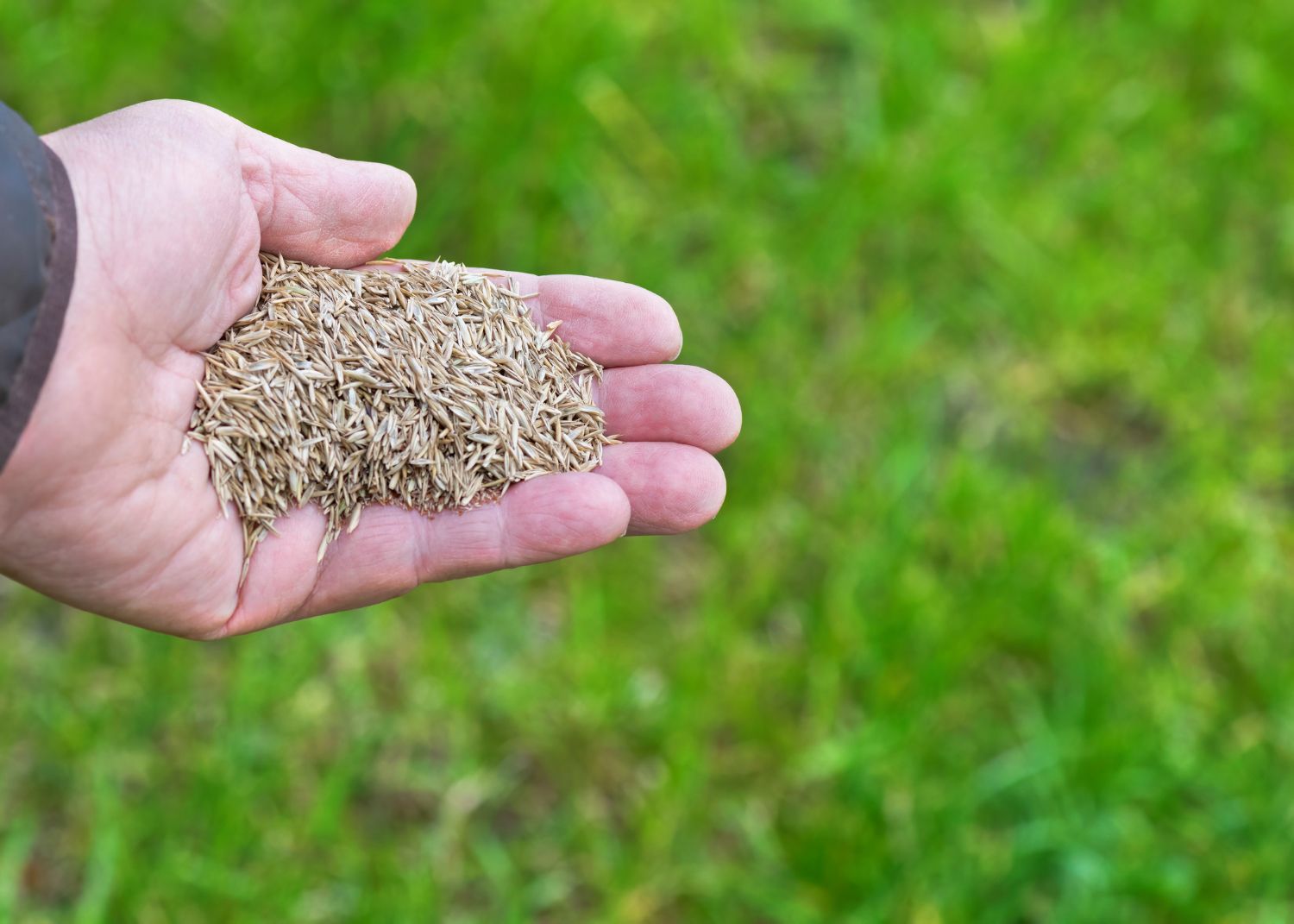
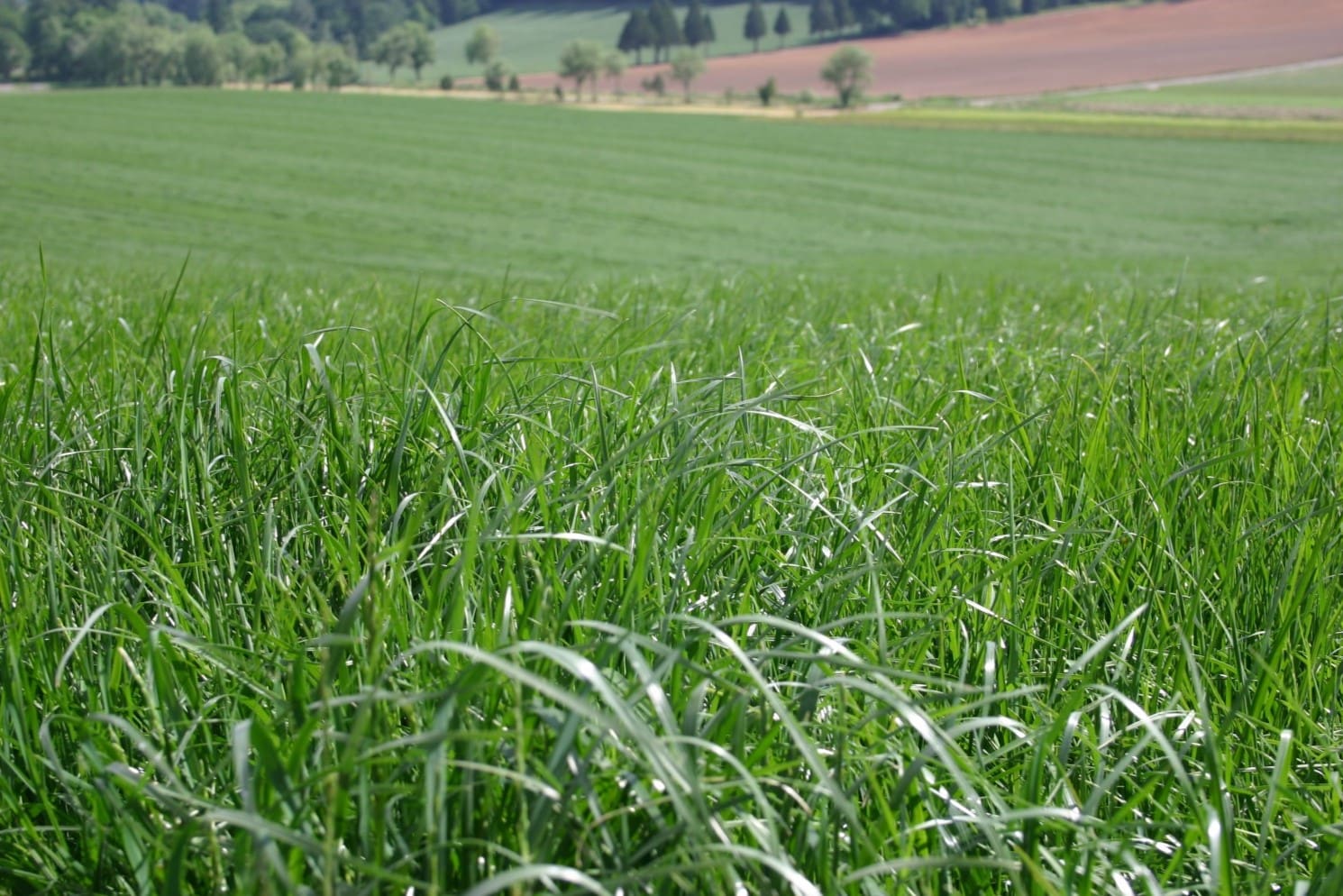
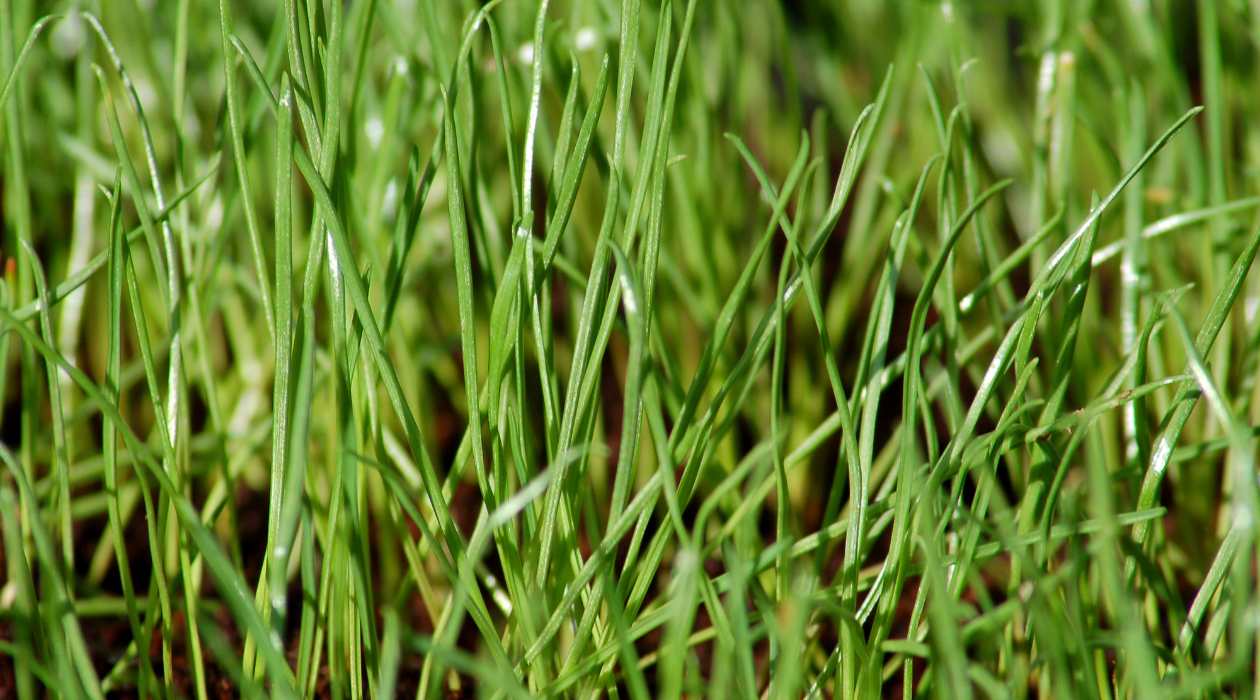
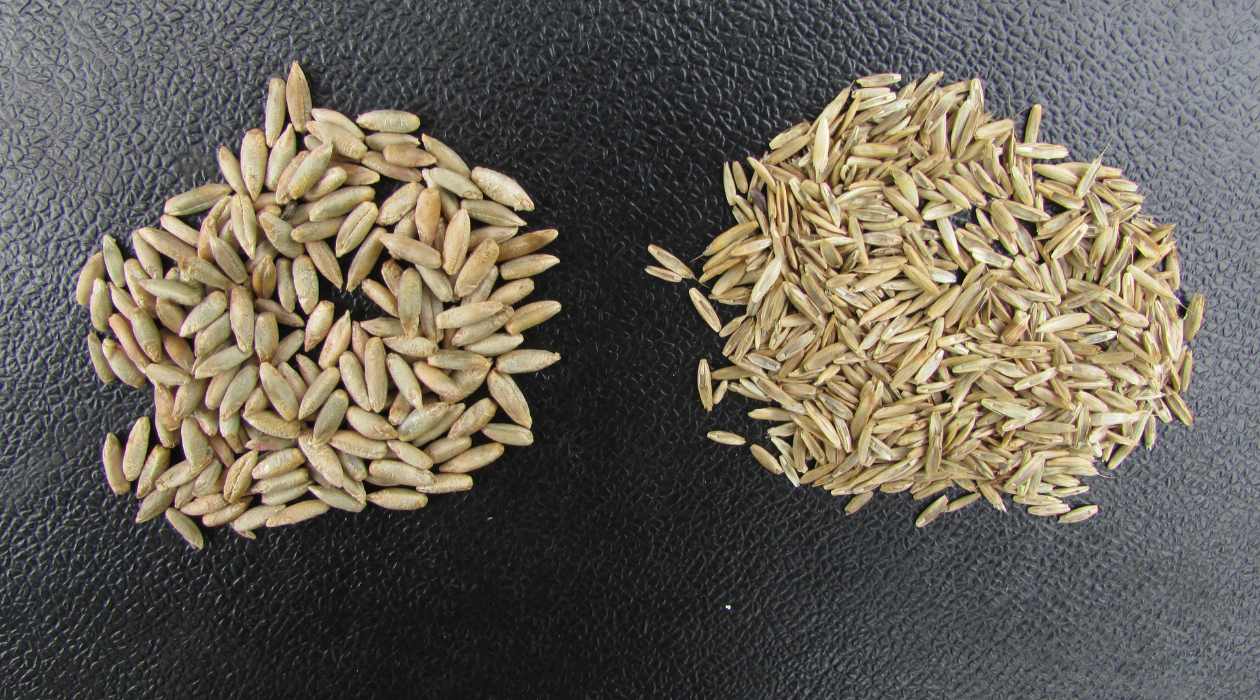
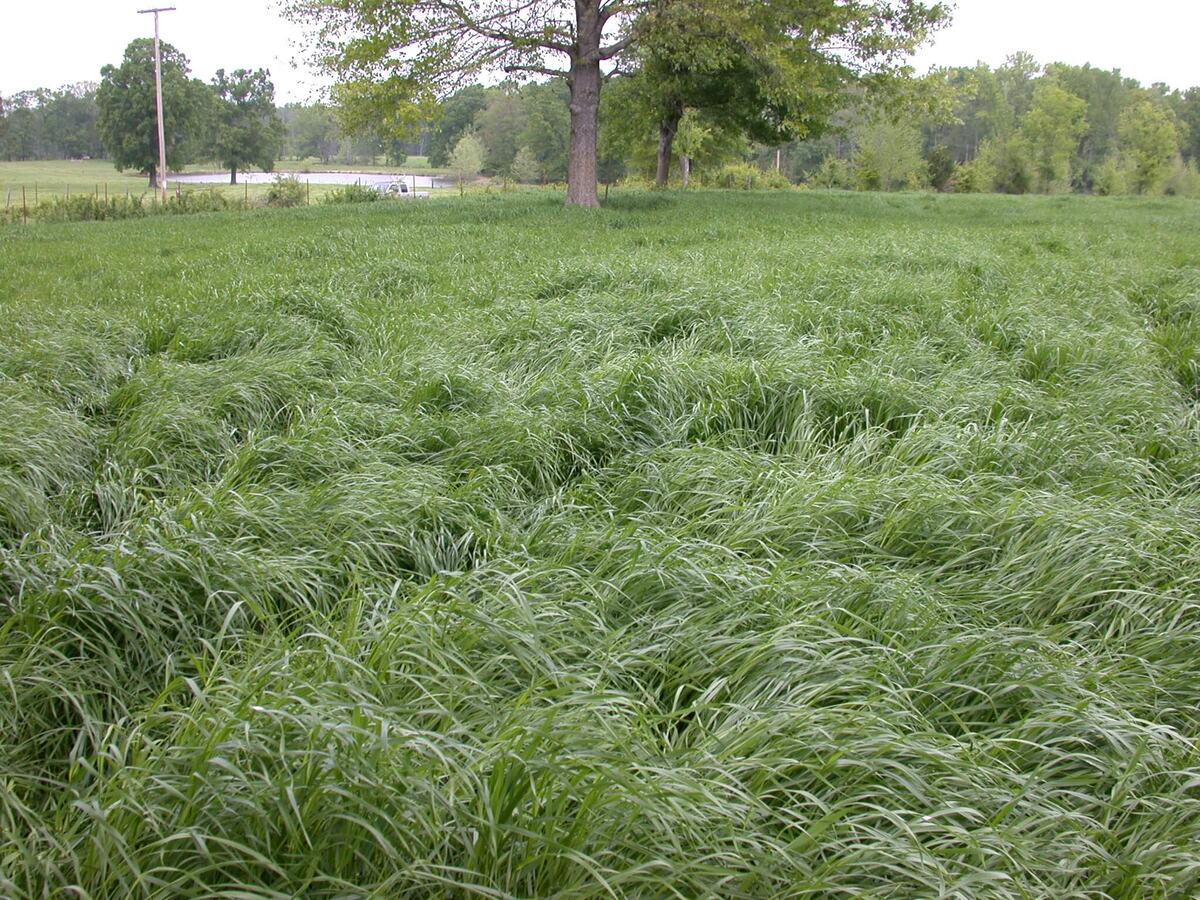

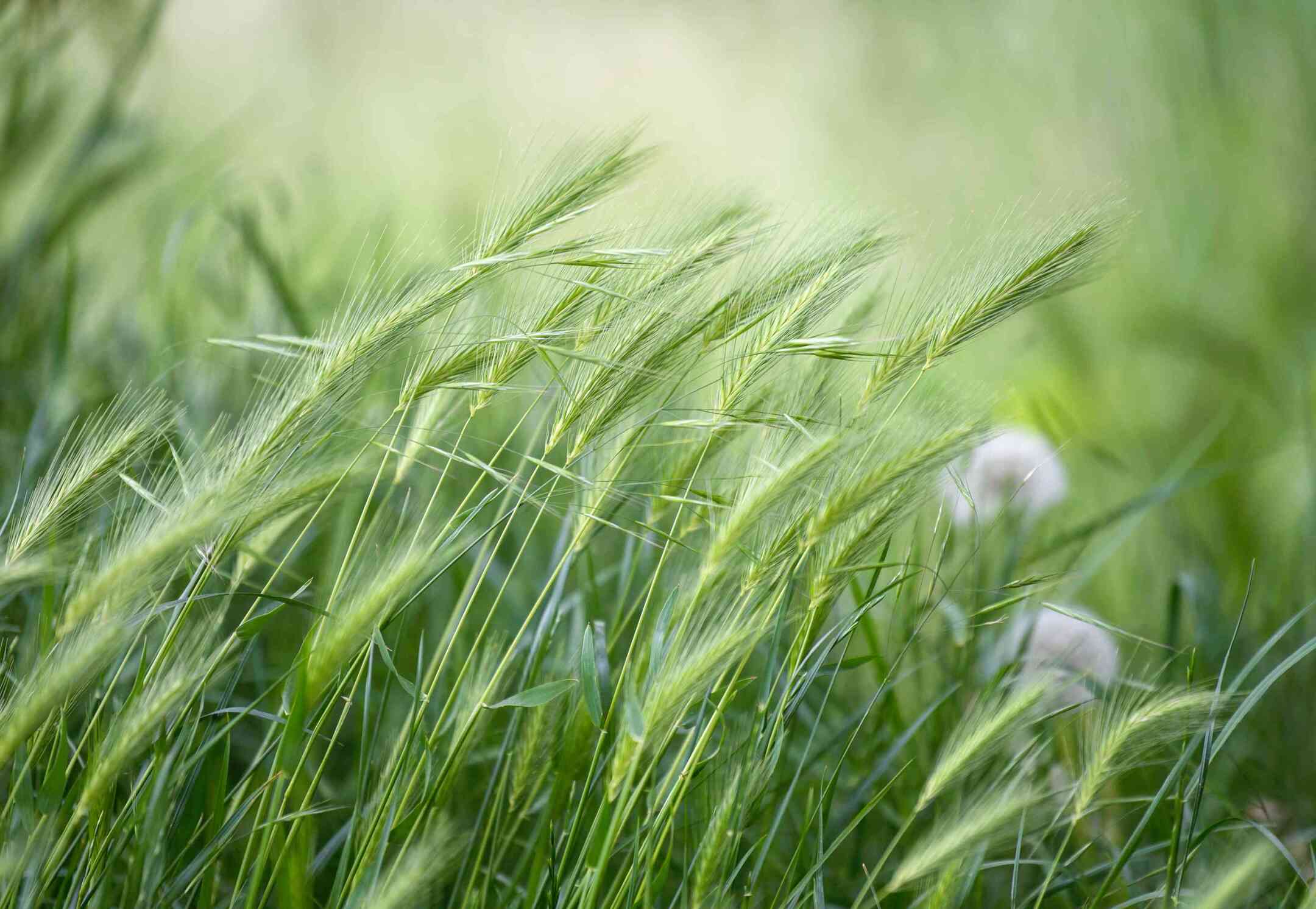
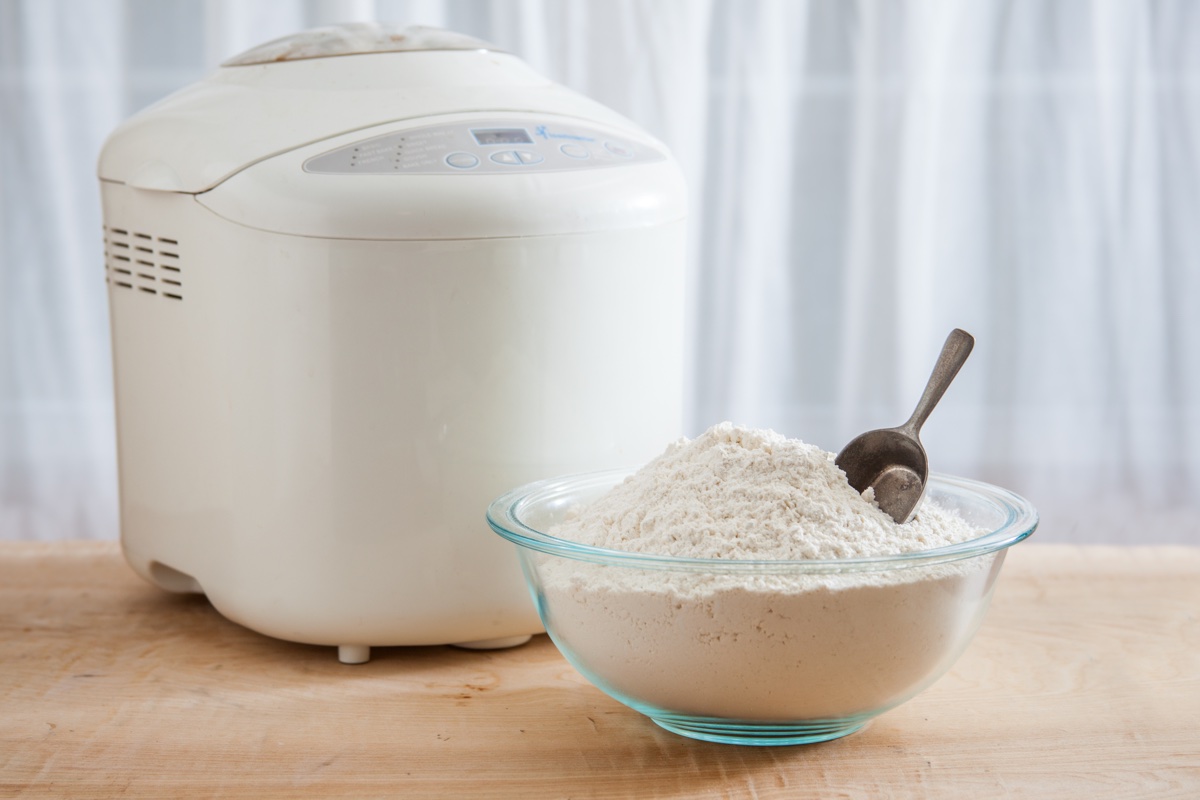

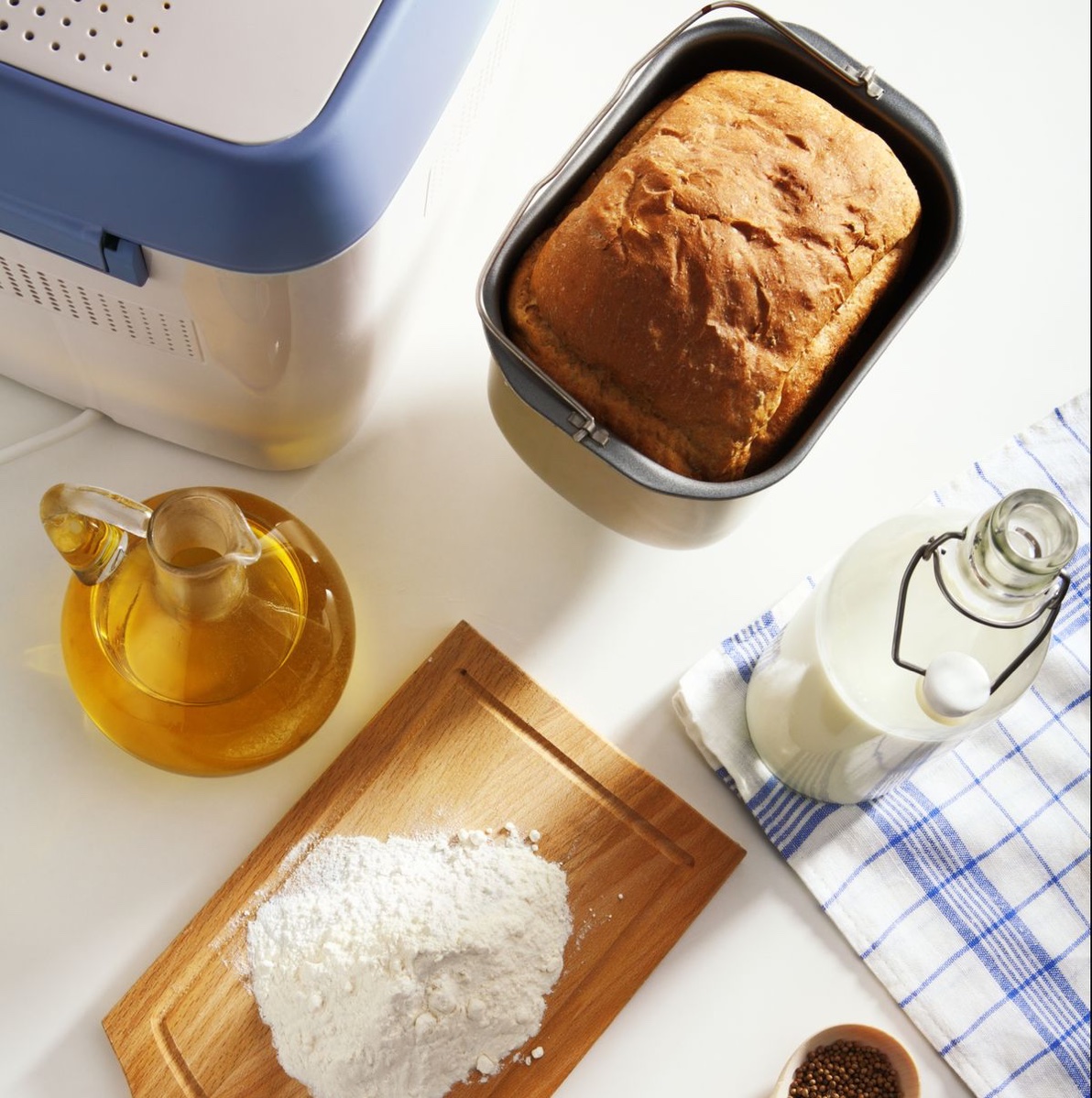
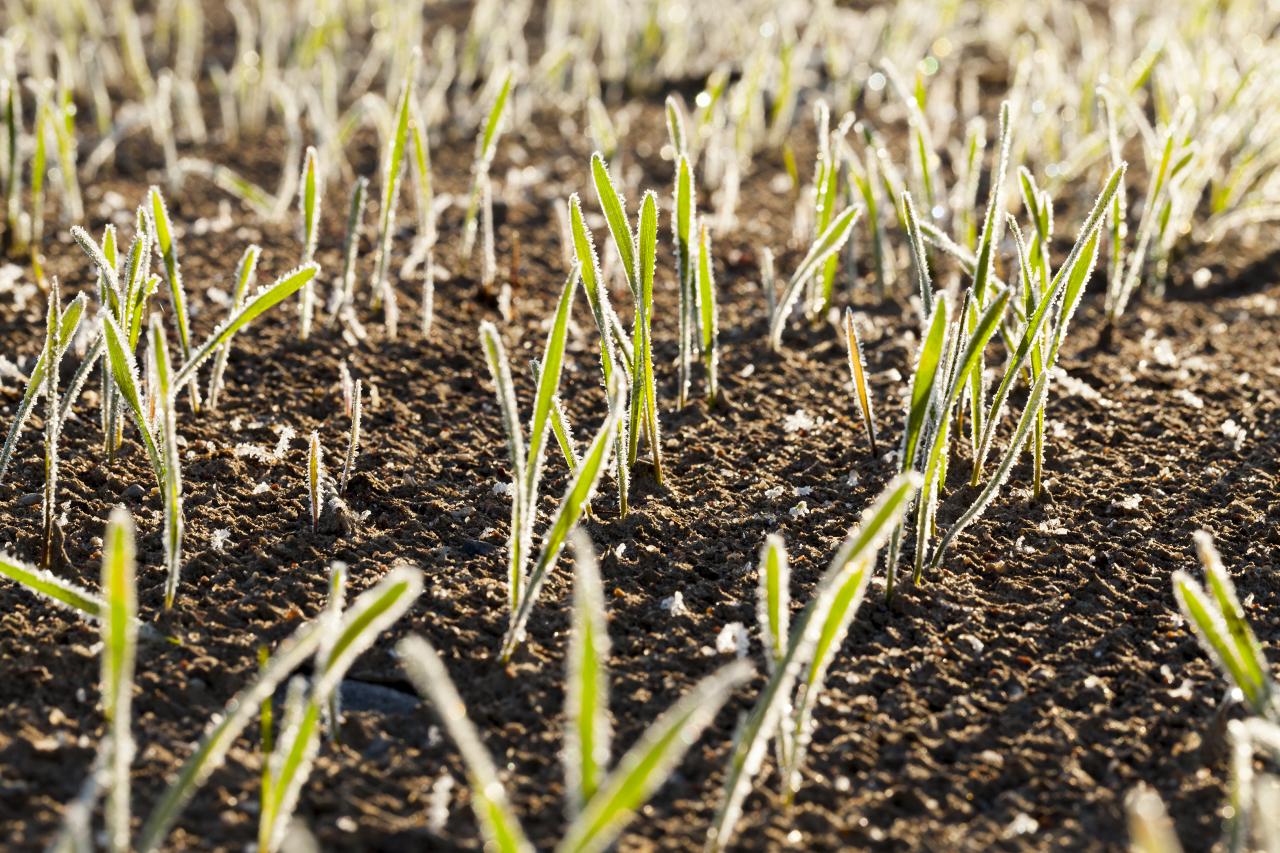

0 thoughts on “What Are The Seeds In Rye Bread”